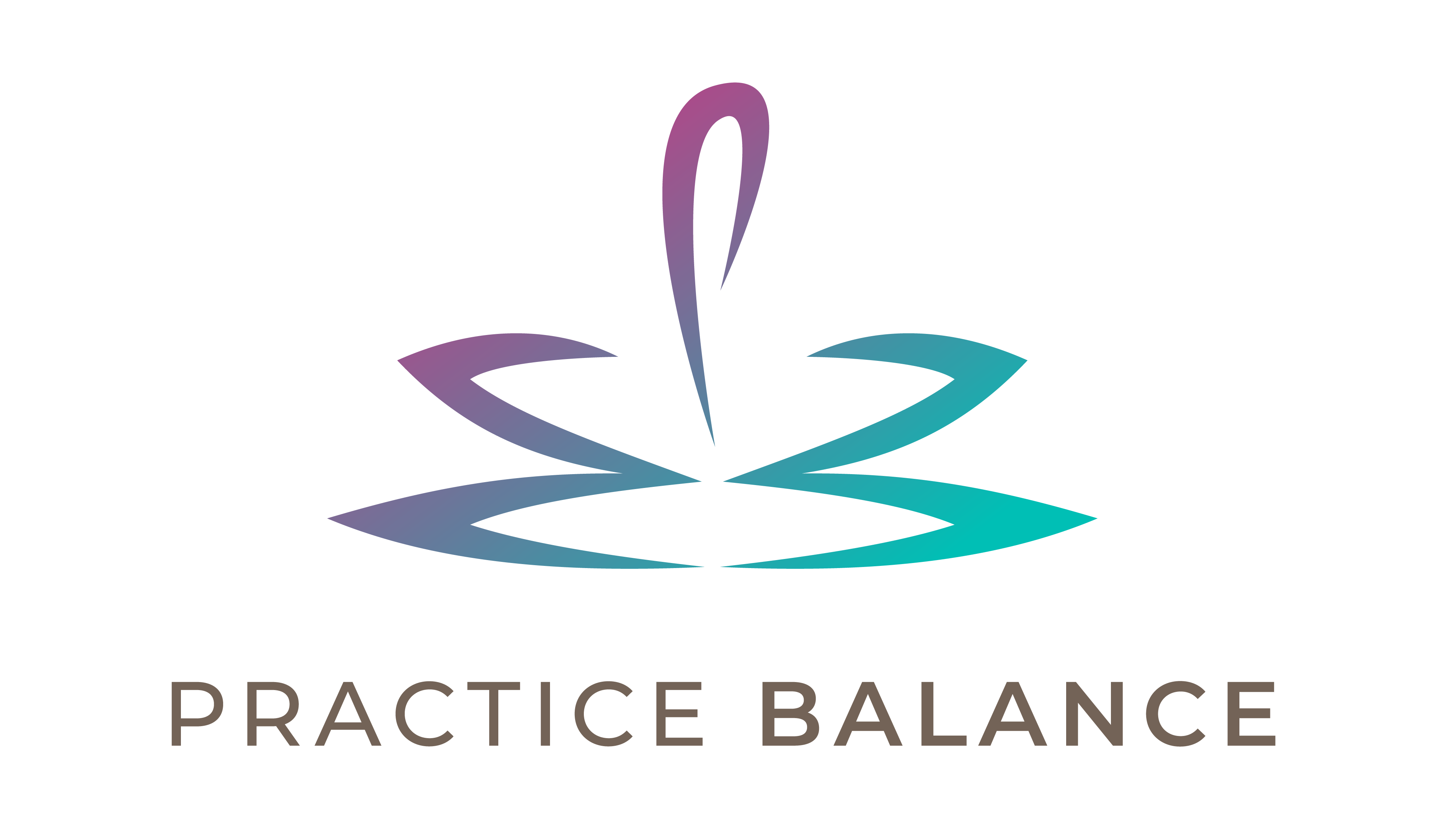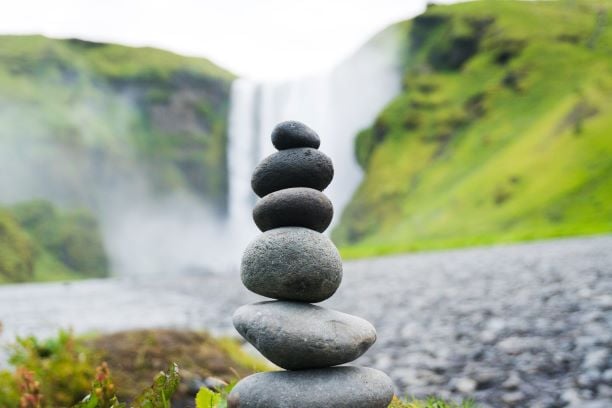How’s your January going so far? If you’ve been reading my posts for a while, you know I’m usually all about doing less, removing stuff from your life, and so on. And after the excesses of the holiday season, many of us have an inclination towards less anyways.
Buy less.
Eat less.
Drink less.
Stress less.
But there’s something I think we should all try to do MORE of.
REST
I was inspired by the idea of something more this New Year when I read this post on one of my all-time favorite health blogs. It’s about reframing goals and desires in terms of abundance. How can we get more of what matters in our lives?
One of those things on everyone’s list is rest.
Even one of my favorite habits experts, Gretchen Rubin, is challenging people to rest more this year!
Periods of rest are essential to health. Rest has been shown to increase productivity. Rest leads to enhanced mood and creativity. But there are only so many hours in the day, many of which are spent working if you’re a busy professional. How can we incorporate more rest into our lives now?
The first thing to do is to challenge your definition of rest. We often have an idea of what rest looks like, which means we’ll likely avoid making an effort to rest if we can’t meet the image we hold in our brains of what rest is.

The typical types of rest
Macro-type rests are the big rocks, the ways we can get more straight up sleep or leisure time. This includes the old standby you’d typically think of – naps. Yes, naps do work; they can improve overall sleep quality and even make up for sleep deficit, but sleep experts caution to not make them too long (< 90 minutes).
Some people are nappers and others aren’t, after some experimentation, I can say I’m not much of a napper – unless ill or severely sleep-deprived. But if you’ve never tried it, consider setting a timer for even 20-30 minutes, throwing on some music or a podcast, and seeing what happens.
You can also simply try going to bed a little earlier. Even just moving up your bedtime by 5 minutes can lead to a snowball towards healthier sleep hygiene. Try setting a timer that reminds you to go to bed earlier. Set the stage beforehand by darkening your living space and turning off electronic devices at least 30 minutes before your intended bedtime.
Resting away
Macro resting doesn’t have to equal sleep. What about consciously working more vacation time or days off into your life? While I’m partial to the kind of rest and reset you can get from what I’ve described as an ideal vacation, just taking a random day to unplug could be the kind of rest you need to come back inspired and ready for your next big challenge.
Like many rock climbers before me, I’ve largely lived my life by moving from rest to rest. It’s the way we tackle difficult climbing routes, and it’s the way we carve out different periods of our lives. Many people view the map of their year through the lens of work and school – the “have to’s”. Then they sprinkle in time off wherever they think it might fit… and sometimes, that rest time falls by the wayside.
The average American is offered less paid time off and takes less vacation days than workers in other nations. And unfortunately, more than half of those Americans don’t even use all their vacation days each year. These are PAID REST DAYS (I know we don’t all get them, but seriously… why not use them if you do??) Let’s buck this sad trend!
What about rethinking your year and mapping it out around the “get to’s”? What restful trips or periods can you prioritize this year and then plan the rest of your time around them?

The value of a micro rest
Another lesson from climbing: some rests are better than others, but all rests are worth trying/taking.
Maybe you’re working long days. Maybe you’re wrestling with a call or shift schedule that leaves you feeling daunted by the idea of extending your sleep time right now. Maybe taking more days off right now just isn’t on the table. Making some micro changes to your daily habits can bring about a greater sense of restfulness.
Micro-style rests may not seem to do much, but compounded over time, they just might lead to more/better sleep or that heightened sense of restfulness you need. If you work on a computer, try looking away from the screen and focusing on something in the distance for one minute every hour. This short video describes 5 easy exercises you can use to combat visual fatigue.
Unless you’re chained to a desk or trapped in a windowless clinic or operating room all day, you can probably manage to find a moment to step outside to take a deep breath of fresh air. As an anesthesiologist, I’ve definitely had times where I’m stuck in the OR almost the entire day. But when given a chance for a break, I’ll always walk downstairs to the front door of the hospital and just step outside for a moment before returning to my room. It feels like a luxurious rest!
Other ways to rest
Try taking a mental break from being “on” all the time. Find a quiet place (perhaps the bathroom or a closed office space) to just feel any emotions inside you. I learned this from listening to Martha Beck. Many times during a day of work or parenting or partnering (or any kind of busyness), we push down our emotions in order to just keep going. To push through and get it done. But after a while, that bank account depletes and you might be left in default. That’s where bad habits are formed and things left unsaid can erupt in a way you never intended. I have tried doing this, and it’s changed my whole day.
As a wanna-be meditator who values simple, quick solutions, I’d also like to remind you of the mini meditations I featured in this article, based on the Positive Intelligence framework. Take 1-2 minutes and focus on one of the following: the feeling of touching something, the experience of focusing your eyes intently on one object, the sounds closest or further away from you, the sensations of your inhalations/exhalations.
A word on exercise
One other idea: why not change the shape of your body this minute to give it a slight rest from what you were previously doing? Exercise can be a form of rest, or it can be something that causes your body to need rest. Only you can judge which type of movement you’re doing. I recommend taking regular walks as the cornerstone for both restful movement and a fitness routine.

Further inspiration
Read more about Gretchen Rubin’s 2022 challenge to rest 22 minutes a day here.
There’s also the book, Rest – Why You Get More Done When You Do Less, which blurs the traditional lines between work and rest by showing that working harder isn’t necessarily working better.
Try it and let me know how it goes!
Do you rest? What’s your favorite way to rest? Tell us about it in a comment below!



 Feelings I’ve Experienced in 2021
Feelings I’ve Experienced in 2021

[…] I commonly write a January post about goals, productivity, or personal development. In 2020, I wrote about embracing a growth mindset and doing hard things. In 2021, I offered my word of the year as an antidote to traditional resolutions. And in 2022, I discussed one thing we could all do more of: rest. […]